How Hunter Biden played hand in bringing business to University of Delaware's STAR Campus
- Oops!Something went wrong.Please try again later.
- Oops!Something went wrong.Please try again later.
- Oops!Something went wrong.Please try again later.
Editor's note: Hunter Biden appeared in federal court Wednesday, July 26, in Delaware.
It is the latest of at least three years of controversy surrounding the son of the president and his businesses, much of it caused by revelations uncovered from a laptop leaked to the FBI and to Trump political operatives that had its origin at a Wilmington computer repair shop.
Those revelations focused on his international deals. But an analysis of his emails gives a glimpse of Hunter Biden’s businesses with a significant presence in his home state a decade ago.
This is the second of three stories Delaware Online/The News Journal will publish in the coming days examining Hunter Biden’s emails and what they reveal about his Delaware business ties. You can read the first one here.
During Jack Markell’s tenure as Delaware governor a decade ago, Hunter Biden had early or inside knowledge of several companies involved in big Delaware economic development efforts.
There was an electric vehicle maker. There was a green fuel venture. There was a startup stock exchange. And, there was an offshore wind energy company.
Likely the most controversial of all was Bloom Energy, a California-based fuel cell manufacturer whose 2011 subsidy deal with Delaware ultimately directed hundreds of millions of dollars to the company.
The story of how the deal came to be remains unclear. What is apparent is it began nearly two years earlier with state officials looking for a way out of an economic crisis – efforts in which Hunter Biden’s own firm played a role.
In 2009 – as Joe Biden led an effort to resurrect a shuttered General Motors plant near Newport that year – officials from the state and the University of Delaware began to execute a parallel transformation of a former Chrysler facility 10 miles to the west.
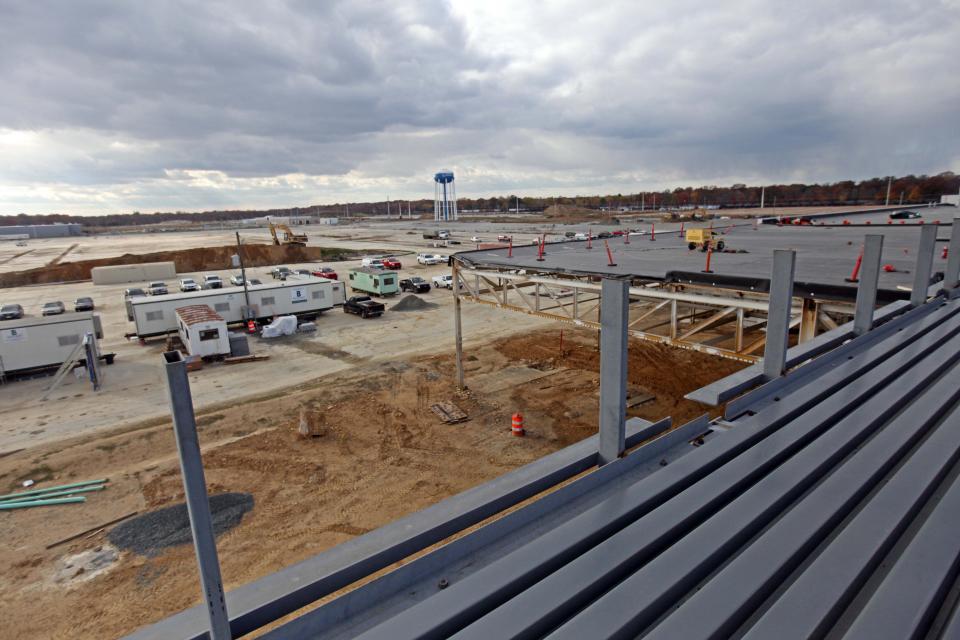
They envisioned an innovative business hub, populated largely by greentech companies that could collaborate with students from the adjacent University of Delaware.
In December 2009, a corporate entity owned by the university purchased the Chrysler property. College officials then renamed it the STAR Campus – an acronym for science, technology and advanced research.
The effort coincided with the initial implementation of the American Recovery and Reinvestment Act, which allowed the Obama administration to direct $90 billion toward clean energy investments in 2009.
It also coincided with Hunter Biden taking “a venture capital interest in alternative energy products,” as one Biden friend described in a 2010 email – a message that also introduced Hunter Biden to Bloom Energy.
With a focus on alternative energy, Hunter Biden and his firm Rosemont Seneca Partners promoted several greentech companies to state and university officials in 2010 – individuals with whom he and his family had longstanding relationships.
In one email sent to colleagues in April of that year, Hunter Biden described discussions he was having with university officials to place operations of two unnamed companies at the STAR Campus.
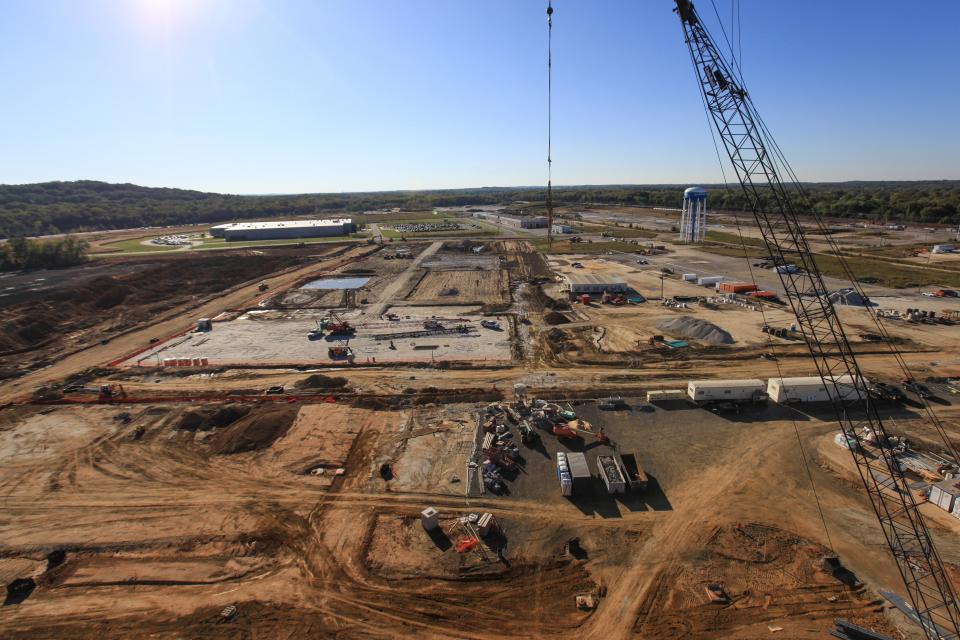
One was a “world leading” electrical power line company seeking to establish a research facility. The other was a “clean tech company” interested in setting up an “assembly plant.”
Fourteen months later, then-Gov. Jack Markell announced that the state and the University of Delaware had struck a deal that would make Bloom Energy an anchor tenant at the STAR Campus following construction of an assembly plant there.
Markell said negotiations around that deal began 14 months earlier, the same month that Hunter Biden mentioned his discussions about the unnamed clean tech company.
Neither Markell nor Hunter Biden responded to requests to comment for this story.
Patrick Harker, who served as president of the University of Delaware from 2007 to 2015, declined to comment for this story. Today, he is president of the Philadelphia Federal Reserve Bank.
At the time of its Delaware deal, Bloom Energy was still a volatile, early-stage company. But, it promised to revolutionize the global energy supply through the sale of its electricity-producing fuel cells, called Bloom Boxes, which were powered by natural gas.
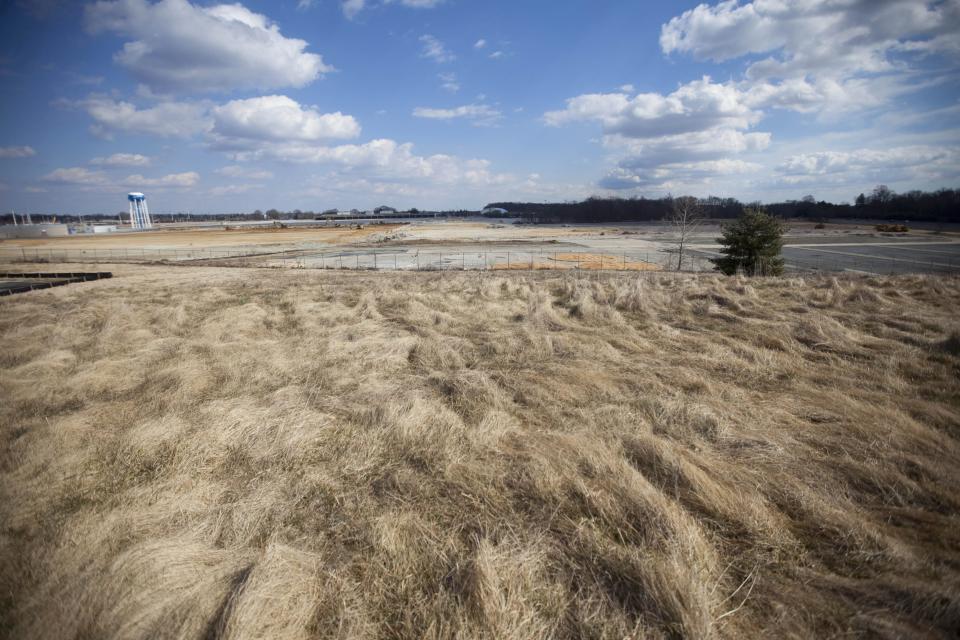
The company also was backed by the prominent Silicon Valley venture capital firm Kleiner Perkins Caufield & Byers – a political powerhouse with partners that included former Vice President Al Gore and John Doerr, a major Democratic Party donor and a member of President Barack Obama’s Economic Recovery Advisory Board.
As part of its deal with Delaware, Bloom Energy committed to building its East Coast assembly plant at the Chrysler site and to maintaining a Delaware workforce of 900 employees.
In exchange, the state and the university awarded the company with a wide-ranging incentive package. It included standard subsidies, such as a $1-a-year lease for 25 years, and a $12 million grant.
It also contained more creative incentives that would go on to be contested in the state for years.
First, legislators changed Delaware law to allow electricity produced by Bloom Energy to satisfy renewable energy requirements, even though the company’s fuel cells were powered by non-renewable natural gas.
Then, the Legislature passed a 21-year mandate requiring Delaware electricity consumers to buy from Bloom Energy.
To provide the electricity, Bloom Energy equipped two generation sites in Delaware with the company’s fuel cells that would feed the resulting electricity into the state’s power grid.
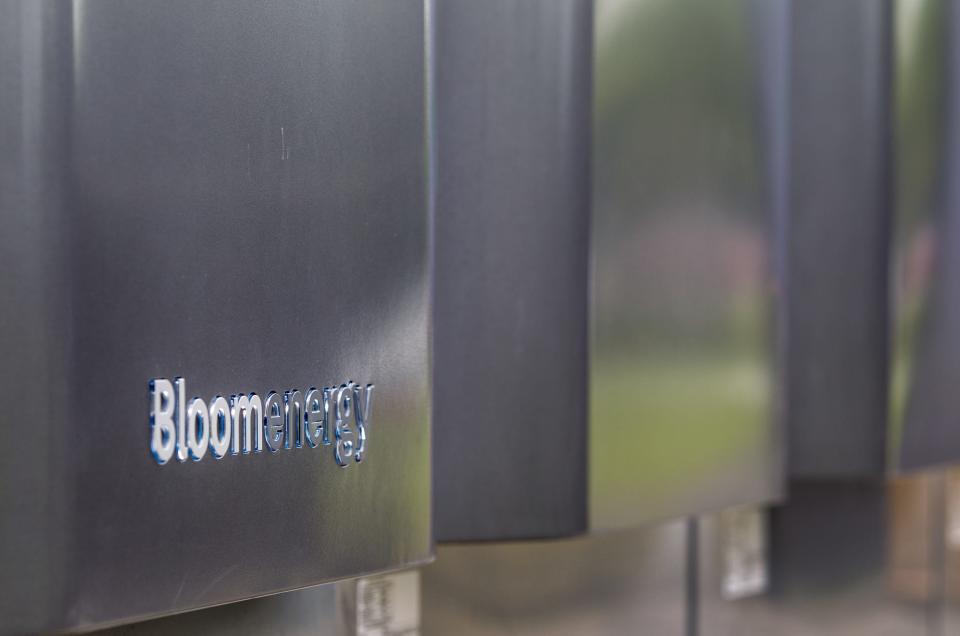
The construction contract for at least one of the sites was awarded to Hill International, which at the time employed Hunter Biden’s uncle James Biden through its subsidiary HillStone International LLC.
Ultimately, the deal transformed Bloom Energy from a company whose existence was largely unknown in Delaware to a topic of heated debate in the state for years to come.
Hunter's 'venture capital interest'
While most Delawareans knew little, if anything, about Bloom Energy prior to its deal with the state, Hunter Biden was an exception.
In January of 2010, James Chaffin, a friend of the Biden family, emailed Hunter Biden to introduce him to Peter Light, a “principal” at Bloom Energy, according to emails that appear to come from the younger Biden’s accounts.
In the message, Chaffin noted Hunter Biden’s “venture capital interest in alternative energy products,” and suggested that he and Light could “at the very least have a stimulating intellectual exchange.”
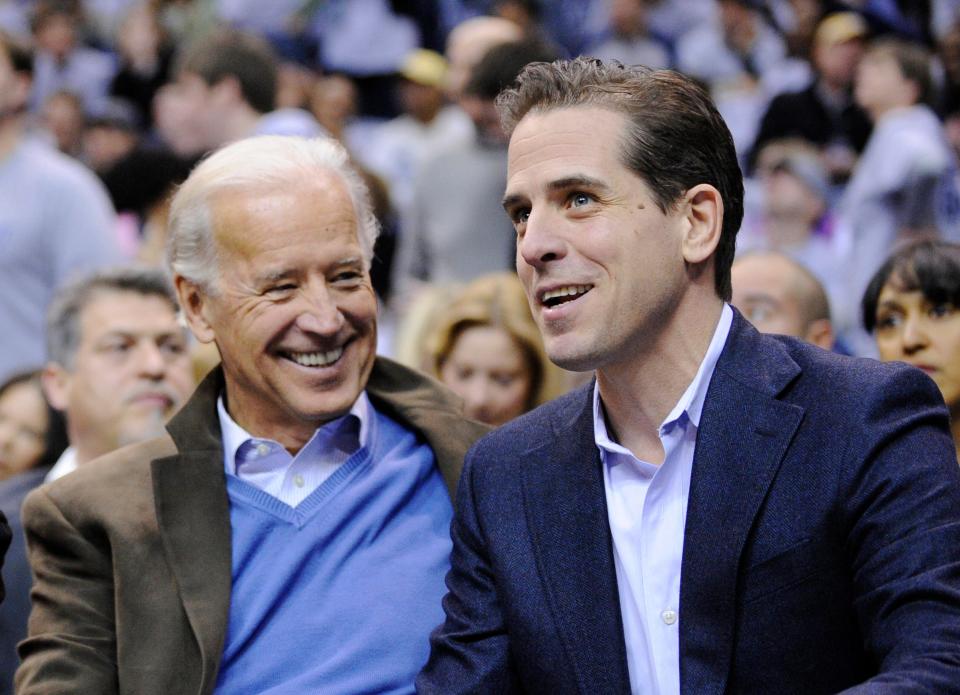
Light and Hunter Biden would later schedule a time to meet, according to his emails.
Also in the original email, Chaffin expressed an eagerness to host the Biden family at his country club in South Carolina.
“We are looking forward to hosting you here at Chechessee Creek Club when the Biden men can get it on their schedule,” Chaffin said.
A month later, Laird Bunch, a Delaware real estate lobbyist, emailed Hunter Biden to say he would be "honored" to take Beau Biden, Joe Biden and Hunter Biden to South Carolina, saying he would make the trip “easy for all including Chaffin.”
He also said the trip would "be a great time to talk fundraiser at Bracebridge for Beau" Biden.
In another email, Bunch asked Hunter Biden to discuss with him the “Energy project and SC" – the latter being an apparent reference to Chaffin’s South Carolina country club.
Bunch did not respond to a request to comment for this story, so his “energy project” reference is unclear. It may have been related to a proposal to build a $1.5 billion liquified natural gas facility in Maryland, about which Bunch had also emailed with Hunter Biden.
Over the subsequent months, Hunter Biden’s interest in Bloom Energy appears to have piqued.
The following March, his business partner Eric Schwerin emailed news articles about Bloom Energy. One said the company was ready to launch out of its "stealth mode status."
The other quoted Bloom Energy’s CEO saying “the economics” of their electricity-producing fuel cells “are already there today with subsidies."
Days later, Hunter Biden suggested in an email to another business partner that their team install a “Bloom Box” electricity generator – as well as high-tech products from two of their known client companies – at the site of a development they called the “Chesapeake deal,” according to his emails.
In the email, he also suggested that the family of Christopher Heinz – another Rosemont business partner – invest in the deal. Heinz is stepson to John Kerry, a former U.S. senator, secretary of state and Democratic presidential nominee.
“Chris should think about it through (the) family office - a world class highly sustainable eco friendly blah blah blah project,” Hunter Biden said in the email.
The next month, Hunter Biden sent the email in which he revealed the discussions with the University of Delaware around setting up the clean tech assembly plant at the STAR Campus.
“They recently acquired the Chrysler Auto plant property and plan to create an "alternative energy park" on the site,” Hunter Biden said of university officials in the email.
HOW IT HAPPENED: Developer plans 10-story building for University of Delaware research campus
Coincidence or did he play a role?
It is unclear whether Hunter Biden’s connections to Bloom Energy were a coincidence or a sign that the son of the current president played a role in the state’s controversial deal with the company.
Spokespersons for Hunter Biden did not respond to requests to comment, which included specific questions about his relationship with Peter Light, and about the email referencing discussions to set up a cleantech assembly plant at the STAR Campus.
When reached by email, Alan Levin, the Delaware economic development director then, said he never spoke or emailed with Hunter Biden about the Bloom Energy deal, nor the state’s deal with Fisker Automotive.
Levin said it was Delaware’s chief environmental regulator, Collin O’Mara, who linked the Markell administration to Bloom Energy.
“The initial contact came through Collin O’Mara who was familiar with their (Bloom Energy’s) business" in California, Levin said.
O’Mara, who declined to comment for this story, had previously worked in California as a clean technology strategist for the city of San Jose.
During the months that Delaware officials were negotiating the Bloom deal, emails show that some of those same people were in communication with Hunter Biden.
At the time, he and his company Rosemont Seneca were serving as brokers, of sorts, for the state and for the University of Delaware, linking the institutions to greentech companies seeking new homes – and in some cases, taxpayers’ dollars.
They worked with a power line manufacturer, called Ormazabal; an electrical grid metering firm, called Smartsynch; and a pair of sister companies, called Aqua Sciences and DuCool.
The targeted destination for most of the companies was the former site of the Chrysler plant – the same property on which Bloom Energy would build its plant.
In late 2010, a colleague of Hunter Biden’s described in clear detail their work with state officials, calling the University of Delaware a “strategic partner.”
The email from Michael Muldoon of Rosemont Seneca noted that their firm was working with university and state officials “to assist them in finding clean tech companies to populate a technology park they are working to develop at the site of an old Chrysler plant.”
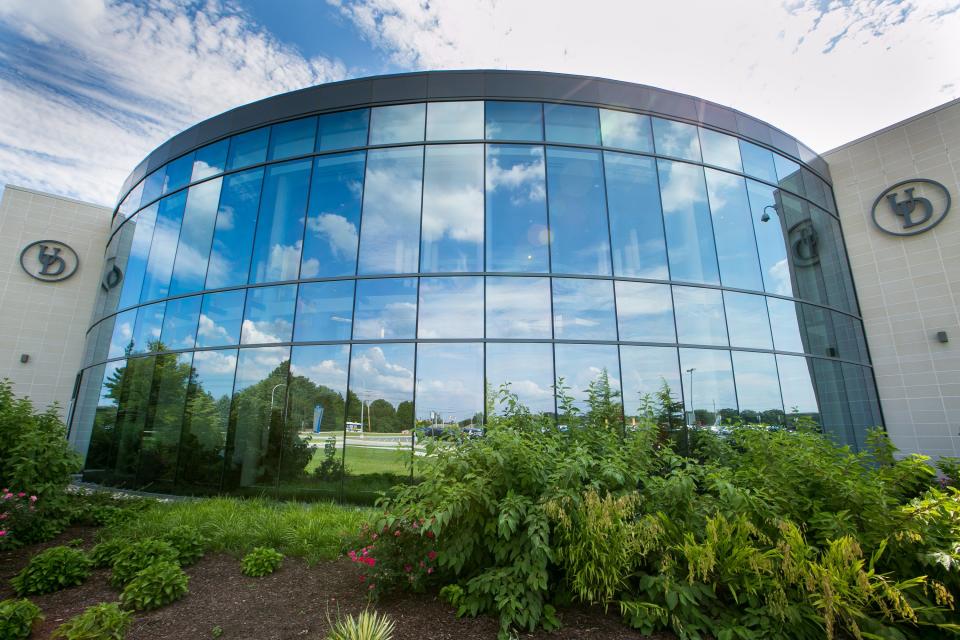
In his email, Muldoon also mentioned that the Rosemont Seneca team was working with Blue Water Wind, still another company linked to a substantial Delaware economic development project.
At the time, Blue Water Wind sought to build a long-debated wind generation site near the Delaware beaches.
Muldoon in his email said Blue Water Wind was among Rosemont’s “Renewable Energy Partners.”
Muldoon did not reply to emails seeking comment for this story.
Besides attracting companies to relocate to Delaware, Hunter Biden’s proximity to state officials also appeared to prompt a private equity company to solicit help with an apparent bid for the contract to tear down the buildings that once housed Chrysler’s operations.
In June 2010, Brian Peiser, a vice president at the Edgewater Funds emailed a colleague a summary of a demolition bid submitted by a company he called “WRS.”
In the email, Peiser appears to be acting as a representative for WRS and suggested that Hunter Biden “emphasize” WRS’s selling points, such as hiring Delaware workers, creating two intern positions, and performing “the work safely.”
His message then was forwarded to Hunter Biden with Schwerin copied on the email. In a response, Schwerin wrote, “I have a call into UD to see what I can find out.”
Peiser did not reply to a request to comment for this story.
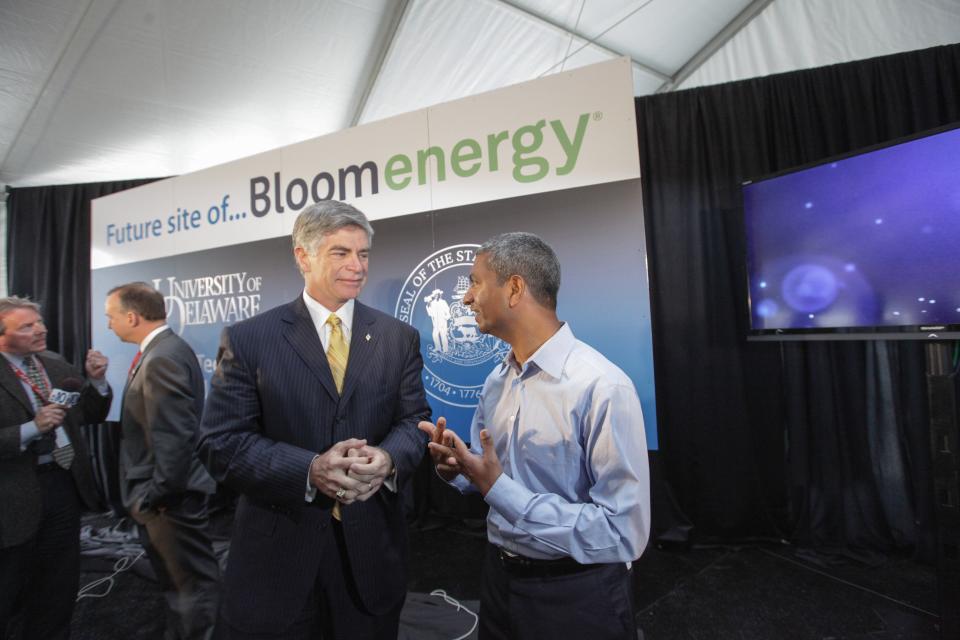
The University of Delaware also declined to comment for this story. When pressed, university officials additionally failed to provide information on the contract to demolish old Chrysler factory buildings at the STAR Campus site.
Two months after Peiser’s email, the university publication UDaily ran a story announcing that officials chose a company, URS Corporation, “to manage the decommissioning and demolition of various buildings on the former Newark Chrysler Assembly Plant site.”
URS Corp. does not appear to have a relationship with any company called WRS.
Blooming outrage
During the years after its deal with Delaware, Bloom Energy failed to meet its promise of maintaining a workforce of 900 employees in the state.
As a result, the company in 2017 returned $1.5 million of its initial $12 million grant from the state. At the time, Bloom Energy’s Delaware workforce had hovered around 300 employees.
"We're obviously disappointed," Bloom Energy's Chief Marketing Officer Matt Ross said at the time. "But we still believe we can meet our targets in the years ahead."
In recent years, Bloom Energy’s Delaware workforce increased substantially to 683 in 2022, but still fell short of the 900 promised a decade before.
INVESTIGATION: The truth behind Bloom Energy's sweet deal in Delaware
And yet, Bloom Energy still has received regular payments from Delaware electricity ratepayers. By 2018, the total amount of money paid to Bloom Energy as part of that tariff ticked past $200 million. With it, the company’s longtime critics reemerged.
That year, a local activist, John Nichols, formally challenged the validity of the deal Bloom Energy reached with lawmakers eight years before, claiming then that the tariff placed a "burden" on homes and businesses.
A Bloom spokesman said then that Nichols’ petition had “no basis."
While Nichols’ petition ultimately failed in front of Delaware’s utility regulatory board, such public discussions at the time seemed to cause several prominent Delawareans to express displeasure with the company.
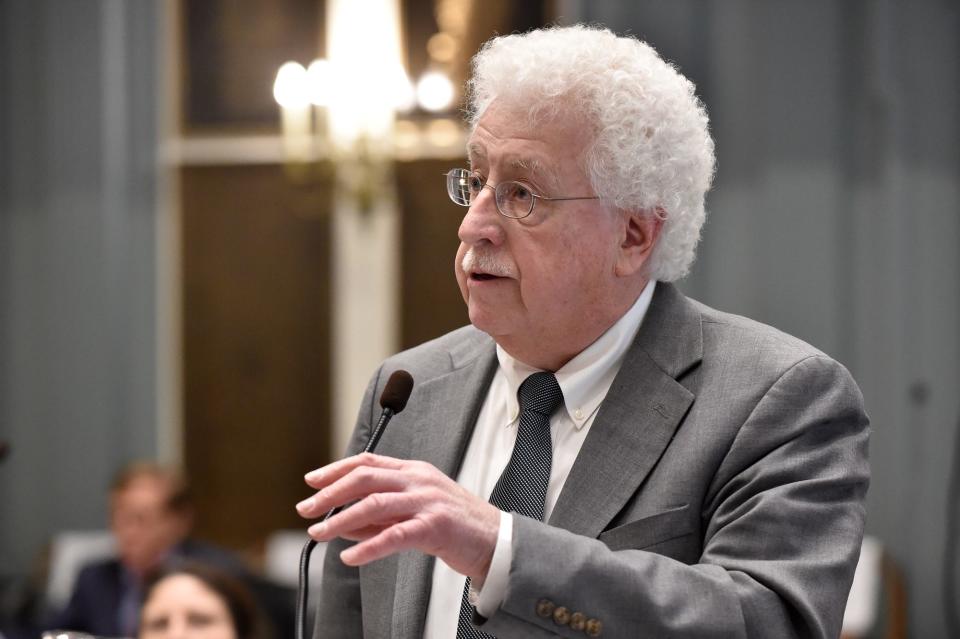
John Kowalko, a now-retired progressive Democratic legislator, called his decision to vote in favor of the 2011 Bloom deal the “most regrettable vote” he ever cast.
“Right off the bat, I should have just said ‘no,’" he told Delaware Online/The News Journal in 2018. "The governor said to me, ‘Are you going to turn your back on the possibility of 900 jobs?'”
WHAT HAPPENED? Lured by millions in taxpayer-paid incentives, Bloom Energy has yet to meet job benchmarks
The pushback in past years was also bipartisan. In 2016, Republican Sen. Gregory Lavelle called the deal “a hell of an expensive lesson picking winners and losers.”
“The Bloom project, as sold, is not what we got,” he said then. “It is more expensive by a factor of four or five. If I'd known that, I never would have voted for it.”
This article originally appeared on Delaware News Journal: How Hunter Biden brokered business at Delaware's STAR campus

